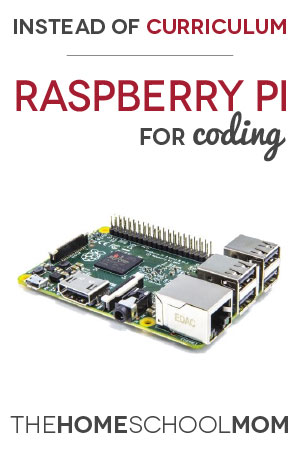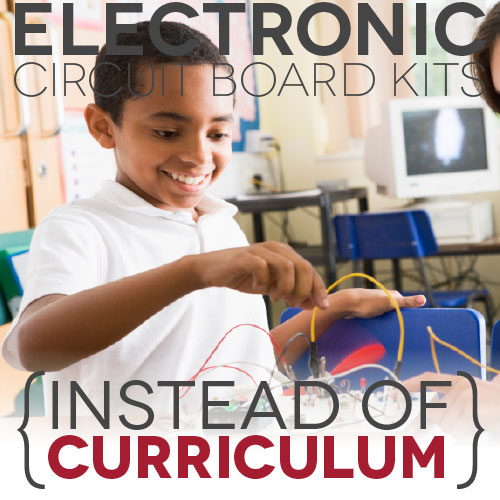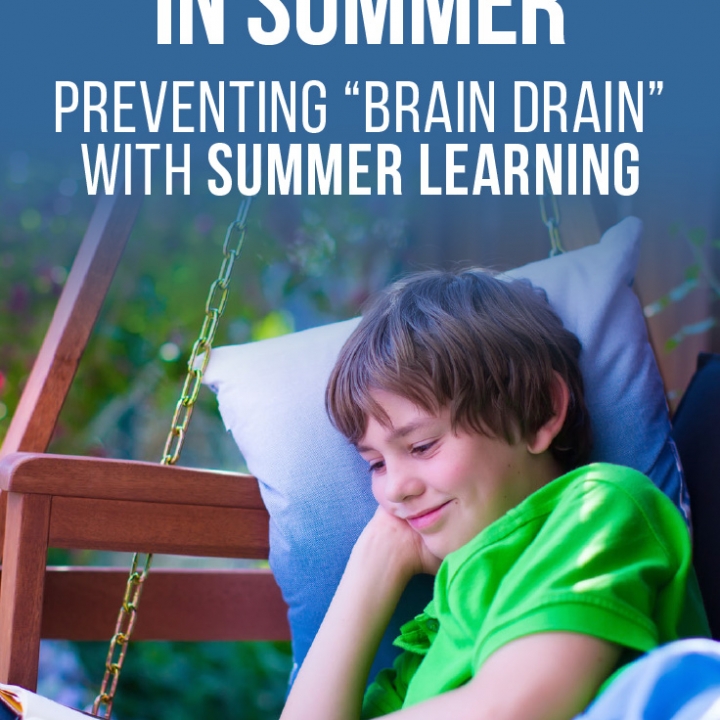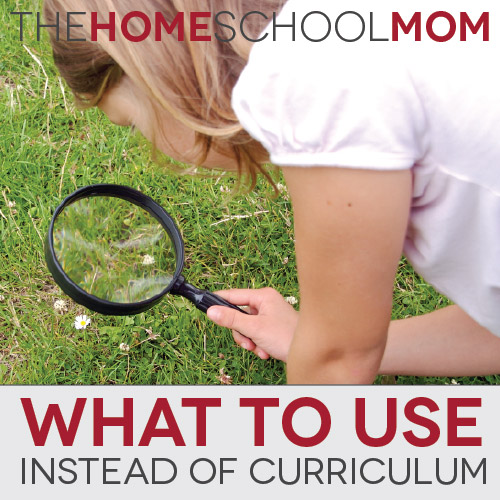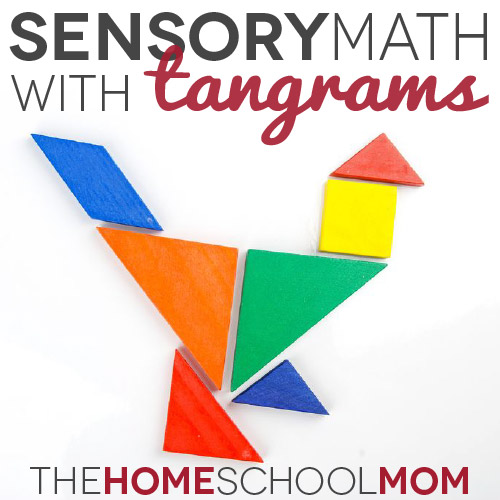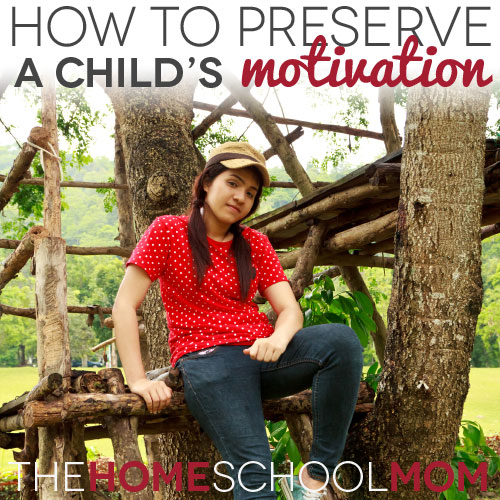Homeschooling Without Curriculum: What to Use Instead of Curriculum
-
Instead of Curriculum: Tech with Raspberry Pi
-
Instead of Curriculum: Electronic Circuit Boards
-
Teen Tech Project: Building a Computer
-
Homeschool Summer Learning
-
Instead of Curriculum: D'Aulaires' Mythology Books
-
Playful Path: The Most Necessary Book You'll Ever Get For Free
-
Instead of Curriculum
-
Homeschool with Tangrams
-
How to Preserve & Empower A Child's Motivation
-
How To Raise Vocabulary Geeks



